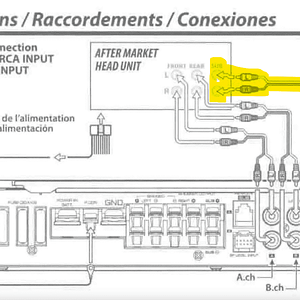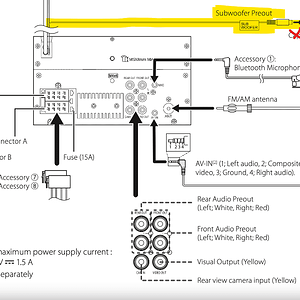Multiple spiders will generally be more stiff, and add more damping to the suspension. Sometimes a good thing, but usually only for higher powered applications, where 1 quality spider can't adequately control the cone movement.
Tinsel leads... well, as long as they are conductive enough and don't slap around, they are adequate. There is debate as to the best style. Woven-in, stitched-in, or free leads. I'd say stitched-in or woven, so they aren't slappin', but it really depends on the quality of the build and maximum cone movement.
Cone... stiff enough to withstand the load (linear and SPL), but minimizing moving mass. Many people prefer treated paper, and it's effective in most every application. Composites can be stronger, but cost more, and have less predictable failure modes.
Surround... similar to spiders, since it helps stiffen the suspension, and dampen things. Foam is basic and works, but I prefer either a rubber or composite surround, so it can keep flex well and withstand the stresses. Again, depends on the designer's thickness/factor of safety. Usually not a key component, though.
Voice Coil... converts AC electricity to a magnetic/electric field that will respond to the motor's magnetism, and move. Larger voice coils, generally can handle more power, but this depends on the motor gap, wire gauge, and other issues. Generally big voice coil, more power though.
Motor... this is the magnet and surrounding metal for the voice coil. Usually, bigger is better, by weight and the T/S parameter "BL." BL will help you see how much magnetic force is available. As long as the gap is minimal, and the magnet's length is proper (they can be short or long, depending on your need for controlled xmax), you can get excellent results with many setups, so this is a highly debated part.
Good question, and it requires alot more audio IQ than I have.


